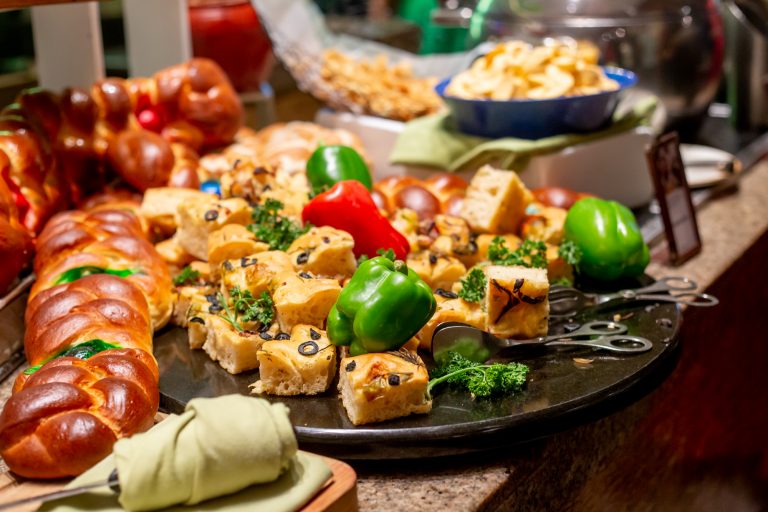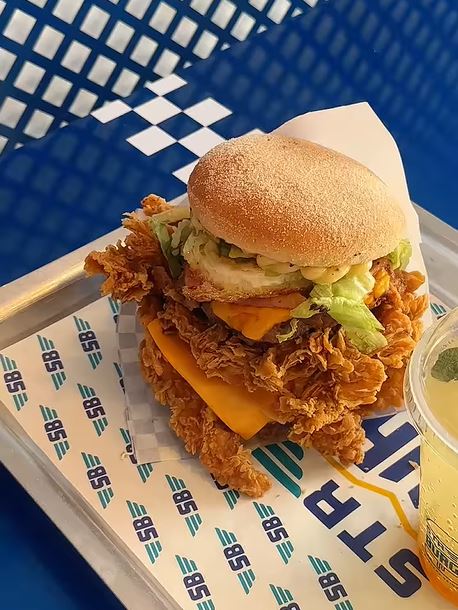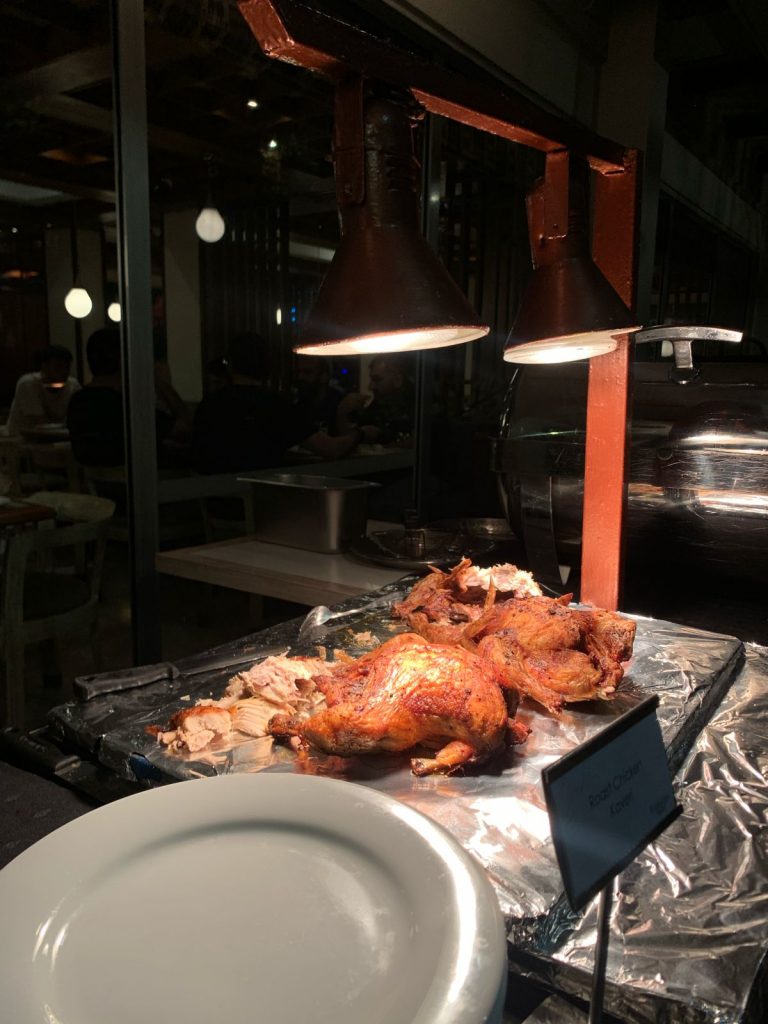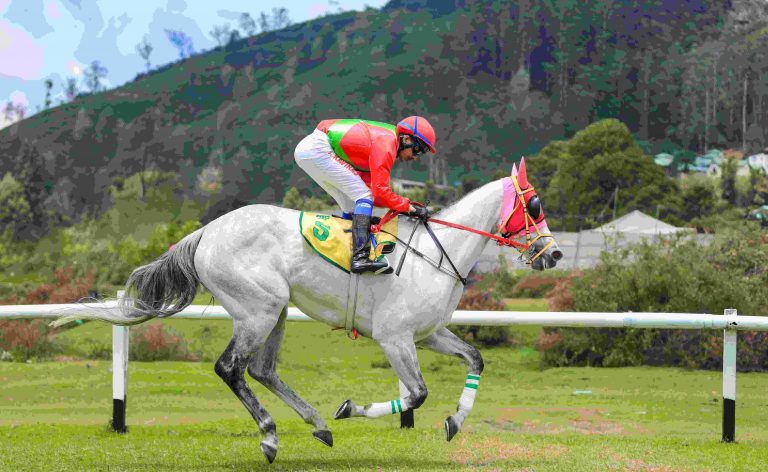Slave Island got its name from Sri Lanka’s colonial past, when mostly African slaves were brought to the island and made to reside here. Today it’s known for its crowded settlements and colourful archaic buildings that, like the ones in Pettah, have remained over the decades.
Urban development is slowly changing the face of Slave Island though. A lot of big new commercial buildings now stand alongside ramshackle congested neighborhoods, owned by people who have lived there for generations. It’s also home to a rare part of Colombo where you get a church, kovil, mosque and temple all in one block.
Right now it’s an interesting space, where tall new structures contrast with yellowed quirky ones, and new shops live inside old buildings – it’s a mismatch of colourful walls and graffiti (watch out for stuff by street artist C215). Home now to a lot of Muslims, the blocks of homes crowded into old buildings are an interesting sight, with moss layered walls, incongruous gates, and kids skipping over the railway tracks or chilling by the Beira lake.
But like some parts of the city, we think it won’t be too long till Slave Island too gets a slick metropolitan make-over. Already, commercial buildings seem to be encroaching into what were once its residential spaces. While efficient urban spaces have their obvious appeal, it’s a little sad to think of a Slave Island without its eccentricities. Watch our video that tries to capture some of Slave Island while it lasts.











